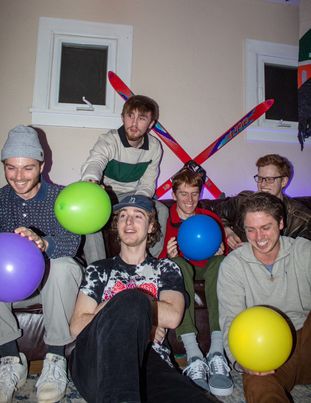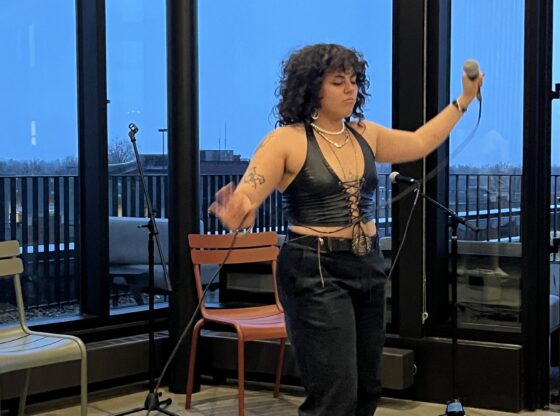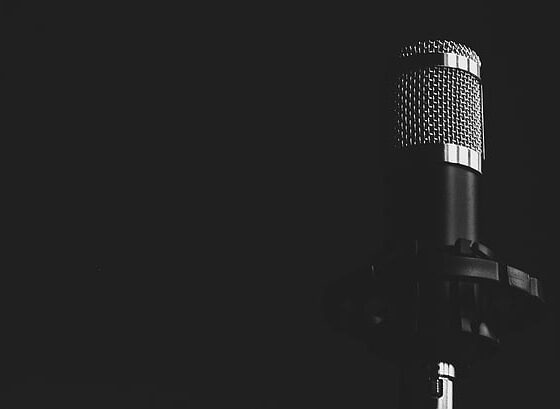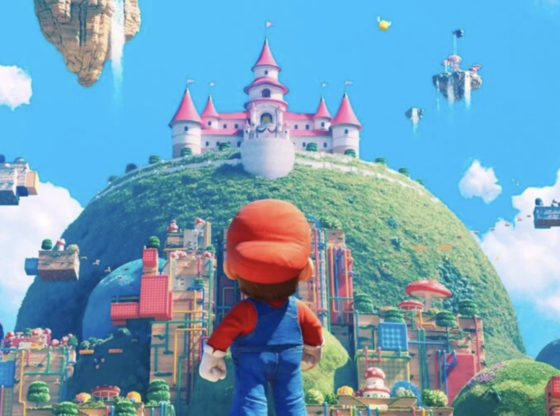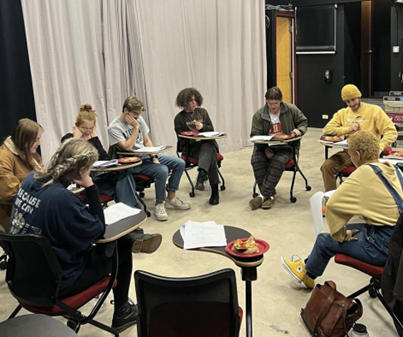On Sept. 20, 2016, Riad Sattouf, a French-Syrian cartoonist and director of the award-winning French film “Les Beaux Gosses,” released a new graphic novel, “The Arab of the Future 2.” This book is the continuation of Sattouf’s widely successful and controversial novel, “The Arab of the Future,” which focused on his father and his transformation from a progressive university student to an obsessive and voracious supporter of Pan Arabism. This second volume follows Sattouf himself as he navigates through the perils and pleasures of being a child in Hafez-Al Assad’s Syria. Today, when claiming a piece of writing that in any way criticizes Muslim culture is risking attack, this novel is a triumph of both artistic expression and personal will with Sattouf’s satirical depiction of Syrian society and his Islamic upbringing.
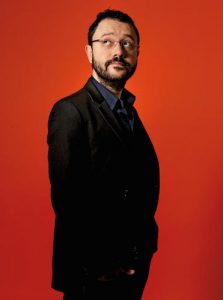
In 1984, Sattouf, a timid boy of six years old, moved with his family from France to Ter Maleh, Syria to take care of Riad’s grandmother. Because of his golden hair, which he inherited from his French mother, he was bullied by other children for being “a Jew.” Riad does his best to avoid these anti-semitic attacks by participating fervently in the daily “war against Israel” fought during recess. “Let’s kill as many Jews as we can!” Riad shouts with clenched fists. The emphasis on masculinity in Islamic culture is an issue Sattouf comments on in much of his work. In “The Arab of the Future 2,” Syrian boys mirror the misogynistic and virile mentality of the men in their families. They are raised to be apathetic, and demeaning towards all who show any manner of weakness. Honor is of the utmost importance, and extreme measures are taken to maintain respect. Throughout the novel, Sattouf’s father shows an insatiable need to feel revered by his counterparts. He sees his occupation, his values and his country as superior to all else. Sattouf masterfully illustrates this stream of pride by interrupting the muted comics with the vibrant colors of the Syrian flag. Each panel that depicts violence is red, and those that speak of patriotism and ego are green. The splashes of nationalism invite the reader to draw parallels between concepts such as the singing of the Syrian National Anthem and a father kissing his son goodbye.
Sattouf’s graphic style is sharp and energetic. His vivid animation and candid storytelling tenaciously leads the reader through each page. It is that jarring contrast of playful caricatures of a familiar youth amidst a foreign authoritarian and oppressive society that grips the reader’s attention. The success of memoirs like “The Arab of the Future” and Marjane Satrapi’s “Persepolis” reveal the infatuation outsiders have with reading about Middle Eastern politics and culture through the eyes of a child. In Sattouf’s memories of Syria, the children spoke the everyday language of fear and love and hatred, only they spoke in green, red, and black.
This novel is a fascinating depiction of a son veering from his father’s path. Although Sattouf was raised by an outspoken chauvinist, he aged into an insightful man who, in a recent interview with The New Yorker, claims to “loathe nationalism.” Sattouf’s candid comics display aspects of Syrian family life that most have not seen before. He is an activist in his own right, and an inspiration to all who are dare to share their contentious pasts.



